PPT-Blueprint reading
Author : conchita-marotz | Published Date : 2017-07-22
Communicating across disciplines Introduction Blueprint in construction composite of several plans assembled into a set of drawings Transmits as much info about
Presentation Embed Code
Download Presentation
Download Presentation The PPT/PDF document "Blueprint reading" is the property of its rightful owner. Permission is granted to download and print the materials on this website for personal, non-commercial use only, and to display it on your personal computer provided you do not modify the materials and that you retain all copyright notices contained in the materials. By downloading content from our website, you accept the terms of this agreement.
Blueprint reading: Transcript
Download Rules Of Document
"Blueprint reading"The content belongs to its owner. You may download and print it for personal use, without modification, and keep all copyright notices. By downloading, you agree to these terms.
Related Documents


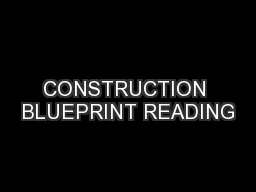

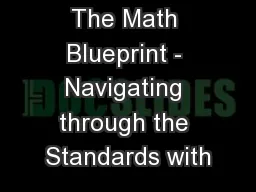
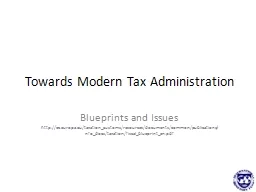

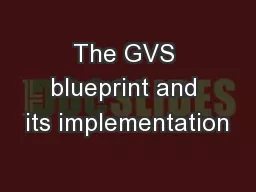




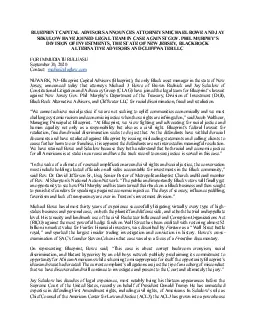
![[EPUB] - The Scholarship Blueprint: Step-By-Step Guide on How to Find and Apply for Scholarships](https://thumbs.docslides.com/905191/epub-the-scholarship-blueprint-step-by-step-guide-on-how-to-find-and-apply-for-scholarships.jpg)
![[DOWNLOAD]-Blueprint Reading for the Machine Trades: 6th Edition](https://thumbs.docslides.com/954239/download-blueprint-reading-for-the-machine-trades-6th-edition.jpg)